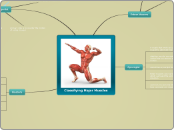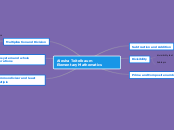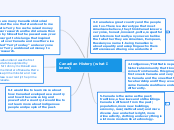par kayla Whatley Il y a 11 années
555
Classifying Major muscles based on functions
The human body relies on various muscle groups to facilitate movement, each playing distinct roles. Fixators stabilize joints to ensure balance, preventing unwanted movements and aiding in efficient movement by securing surrounding joints.









